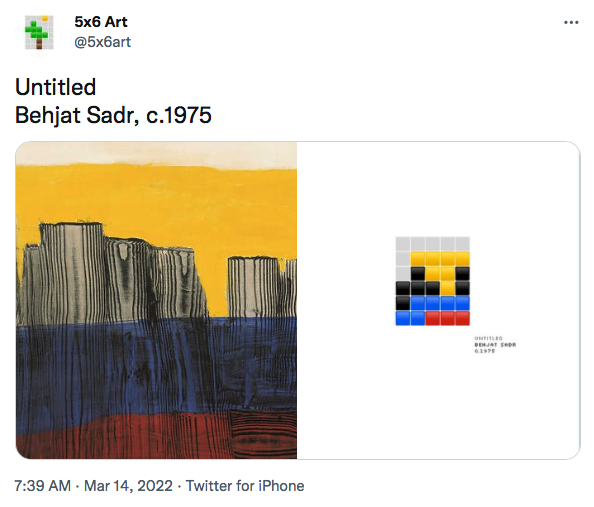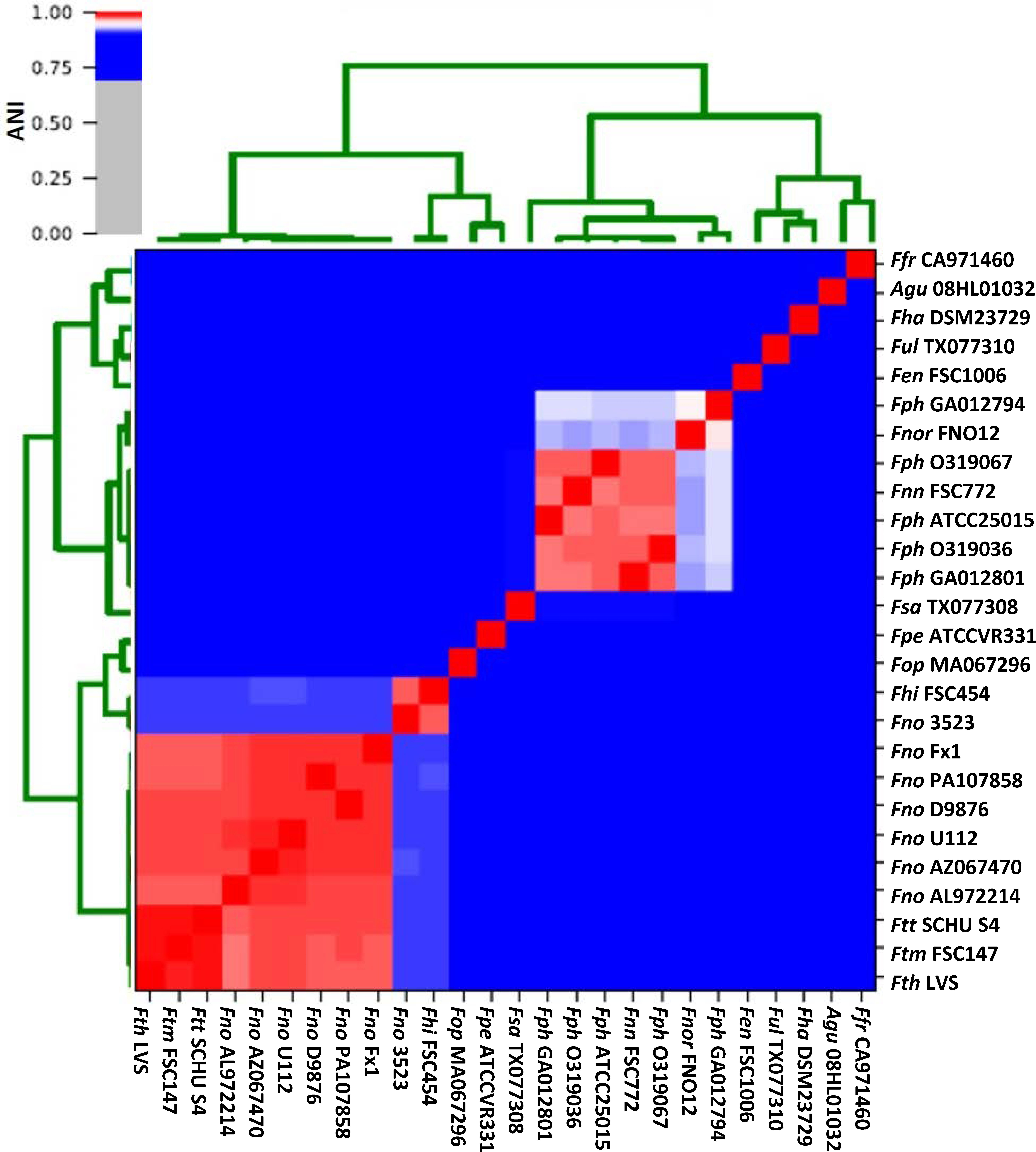

Results from these studies revealed a few unusual structural features based on the chloroplast genomes of individual species. Ulvophyceae evolution was studied using phylogenetic analysis of seven nuclear genes, small subunit nuclear rDNA, and the plastid genes rbcL and atpB, whereas Ulvales evolution was studied using rbcL and small subunit nuclear rDNA. Pedinophyceae and Trebouxiophyceae, on the other hand, are classified based on the sequences of their nuclear and plastid-encoded ribosomal RNA (rRNA) operons. Furthermore, the Chlorophyceae contain two robustly supported major lineages, including a clade that unites the Oedogoniales, Chaetophorales, and Chaetopeltidales, as well as a clade that unites the Sphaeropleales and Chlamydomonadales, where Chlamydomonas reinhardtii contains putative tyrosine kinases that function in phosphotyrosine signal, which most probably appeared before the animal and fungal lineages were diverged. Trebouxiophyceae species were multiphyletic in the subphylum, and three clusters were included in the core trebouxiophyceans. A phylogenetic analysis of chloroplasts from green algae, for example, discovered a new lineage sister to the Sphaeropleales. They are used to forecast the evolutionary trends of various species. Green algae extranuclear genomes date back at least one billion years and account for 0.1% of the nuclear genome. The funders had no involvement in the study design, data collection/analysis, or manuscript preparation or publication.Ĭompeting interests: The authors have declared that no competing interests exist. (MATHAB201817) (RJ) and by the Deutsche Forschungsgemeinschaft (DFG, German Research Foundation) - SFB 1127/2 ChemBioSys - 239748522 of the Friedrich Schiller University Jena (TW). Others are held in NCBI database with accession number KX595275.įunding: The project was funded by the Natural Science Foundation of Shanghai (18ZR1417400) (CC), the Shanghai Port and Offshore Ecological Environment Technology Service Platform Project (19DZ2292500) (CC), the Key Laboratory of Integrated Marine Monitoring and Applied Technologies for Harmful Algal Blooms, S.O.A. This is an open access article distributed under the terms of the Creative Commons Attribution License, which permits unrestricted use, distribution, and reproduction in any medium, provided the original author and source are credited.ĭata Availability: The mainly relevant data are contained within the paper and its Supporting information files. Received: AugAccepted: ApPublished: June 1, 2021Ĭopyright: © 2021 Cai et al. PLoS ONE 16(6):Įditor: Berthold Heinze, Austrian Federal Research Centre for Forests BFW, AUSTRIA
#Lg lucky on screen annotation verification
compressa, the findings of this study have implications for the rapid non-sequencing detection of this species during the occurrence of green tides in the region.Ĭitation: Cai C, Gu K, Zhao H, Steinhagen S, He P, Wichard T (2021) Screening and verification of extranuclear genetic markers in green tide algae from the Yellow Sea. Owing to the high morphological plasticity of U. mutabilis but not in other algal species of the Yellow Sea. Finally, the tandem repetition was identified in the mitogenome of U. Interestingly, a few tandem repetitions were significant for some Ulva subspecies and relatively more evident in mitochondria than in chloroplasts. Complementary/forward/palindromic interval repetitions were more abundant in chloroplast genomes than in mitogenomes. From phylogenetic analysis, we identified the petA chloroplast genes as potential genetic markers that are similar to the tufA marker.


In addition, phylogenetic analyses of the aligned genes from their chloroplast genomes and mitogenomes confirmed the evolutionary trends of the extranuclear genomes. ohnoi were more divergent, especially in sharing complementary/palindromic repetitions. Chloroplast genomes were clustered together in the entire phylogenetic tree and shared several forward/palindromic/tandem repetitions, similar to those in U. mutabilis chloroplast genomes had similar gene queues, with individual genes exhibiting high homology levels. The generated phylogenetic tree was analyzed based on single and aligned genes in the chloroplast genome of Ulva compared to mitogenome genes to detect evolutionary trends. We compared the chloroplast genome with the mitogenome. compressa (alpha-numeric code: RD9023) and focused on the assessment of genome length, homology, gene order and direction, intron size, selection strength, and substitution rate. In the present study, we sequenced and annotated the complete chloroplast genome of U. Over the past decade, Ulva compressa, a cosmopolitan green algal species, has been identified as a component of green tides in the Yellow Sea, China.


 0 kommentar(er)
0 kommentar(er)
